Warren Feeney – 12 January, 2012
With no clear directive as to when the gallery will reopen in 2012, the change to visibility on the street is welcome - yet it also invites feelings of frustration. After nearly a year's closure, something, anything is better than nothing. Recognising that circumstances are beyond the gallery's control, staff are to be congratulated for addressing the here-and-now of making art salient in Christchurch.
The launch of art projects from the Christchurch Art Gallery by Ronnie van Hout and Wayne Youle prior to Christmas and the accompanying announcement that they are part of its Outer Spaces programme represents a distinct shift in curatorial emphasis from the past eleven months. Publicly, attention has now shifted from exhibitions within the gallery to ‘outside the box,’ with works of art in its forecourt, Worcester Boulevard and beyond.
With no clear directive as to when the gallery will reopen in 2012, this change in emphasis is welcome - yet it also invites feelings of frustration. After nearly a year’s closure, something, anything is better than nothing. Recognising that circumstances are beyond the gallery’s control, staff are to be congratulated for addressing the here-and-now of making art visible in Christchurch. At its best, Outer Spaces almost rekindles the sense of anticipation that the public gallery was capable of when Debuilding opened just prior to 22 February. Yet, the predominance of this public art programme is also about practicalities; making a virtue of necessity in demanding circumstances.
Installed 4 September 2010, Andre Hemer’s Things to do with paint that won’t dry on the gallery’s Worcester Boulevard wall is deserving of the newfound attention it now gains as part of Outer Spaces. Hemer’s digital imagery of splashing water originally existed in counterpoint to the real world through the thin veil of water that flowed overtop. It remains no less playful currently however, as a considered public artwork to walk by (one of Hemer’s best works) and with equal measures of good-humour, responding by proxy to City Council policies of water conservation.
Jae Hoon Lee’s Annapurna is sited above Hemer’s on the gallery’s Springboard space. This site has always appeared problematic and awkward as an arena for public art. Works on Springboard appear as though they have squeezed themselves through a hole in the gallery wall, popping out on the exterior of the building and relocating their presence as a billboard to attract visitors to an exhibition inside. Annapurna is best viewed at night, glowing in a darkness that makes the gallery wall invisible and highlighting the unreality of a Himalayan mountain range that seems as perilous - in a Sir Edmund Hillary kind of a way - as it is a user-friendly, virtual reality.
Julia Morison’s Aibohphobia on the gallery’s bunker wall was installed in June 2011. It’s a public work of art works whose colour and 60s psychedelic aesthetics make it difficult to ignore simply as pure entertainment. Yet, in its palindrome title, Aibohphobia touches on compulsive and private behaviour in the loudest possible way in a very public location and this ‘life on stage’ personality also suggests something far more complex, subtle and mysterious.
In the gallery’s forecourt, Matt Akehurt’s You Are Here, signposts directions out of Christchurch in a way that only the best AA signs are capable of, detailing the distance to internationally famous works of art. Akehurst critiques the state of art in the city, yet also provides a degree of reconciliation in a work whose commentary and title about art’s absence draws attention to the presence of the aesthetic and philosophical experience it critiques.
The most recent addition to Outer Spaces is Ronnie van Hout’s The Creation of the World. Sited at 50 Worcester Boulevard, the artist’s face is writ large on the inside of this Victorian building’s windows through a dvd projection, with a puzzled van Hout emerging from his mouth, entering, and then retreating from the world with an equal mixture of curiosity and trepidation. Occupying a public space littered with orange no-entry cones and close to temporary fencing and out of bounds areas of the red zone, van Hout’s dilemma about the existential nature of his existence seems somehow - in the wrong place and time. I just wish I could respond to this work more favourably, but the haunted house/ 50s horror movie references and the artist’s doppelganger giving birth to itself all seem too loud and palpable. Maybe this is a public artwork needing the reassuring space of a gallery interior.
On the other side of town in Sydenham a large mural by Wayne Youle - 35 metres in length - on the corner of Colombo and Carlye and Bryon streets, seriously does the business as a public work of art. I seem to have temporarily misplaced my sense of humour is a giant shadow-board with all the items a home handyman, parent and family may need; food, shelter and clothing with some lovely touches of special items like rocking horses and acoustic guitars.
Based on the artist’s childhood memory of his father’s shadow-board, Youle’s work encapsulates an essential commentary about family, security, vulnerability and beloved values and objects in a work that looks as though it has been sitting around in Sydenham since the late 1950s - a treasured work magically and mysteriously uncovered, following the recent demolition of surrounding buildings. I seem to have temporarily misplaced my sense of humour does alleviate the ambiguity of feelings towards a programme initiated in response to disaster and optimistically, its success indicates that a broader public arts programme could become an important adjunct to the gallery’s inner spaces when they reopen. So, although Outer Spaces may seem like having the entrée as main course at the moment, it also holds the promise of more and better things to come.
Warren Feeney
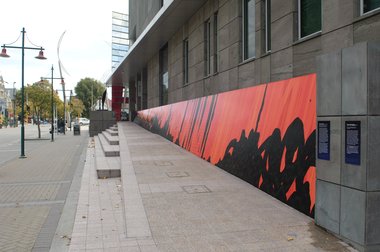
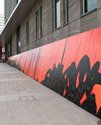

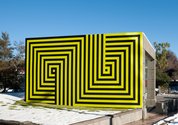
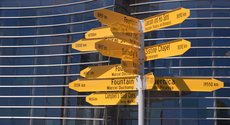
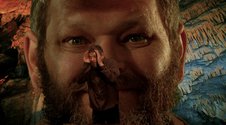
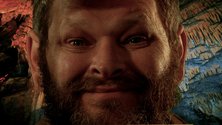
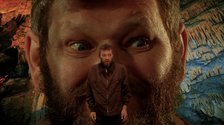
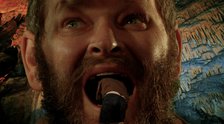
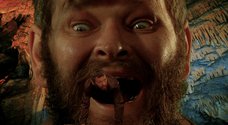

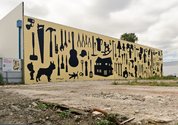
 Two Rooms presents a program of residencies and projects
Two Rooms presents a program of residencies and projects Advertising in this column
Advertising in this column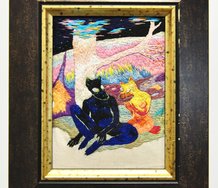
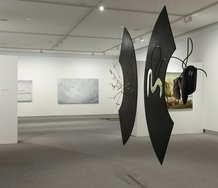
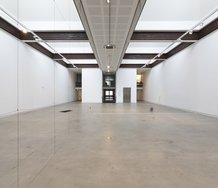

This Discussion has 0 comments.
Comment
Participate
Register to Participate.
Sign in
Sign in to an existing account.